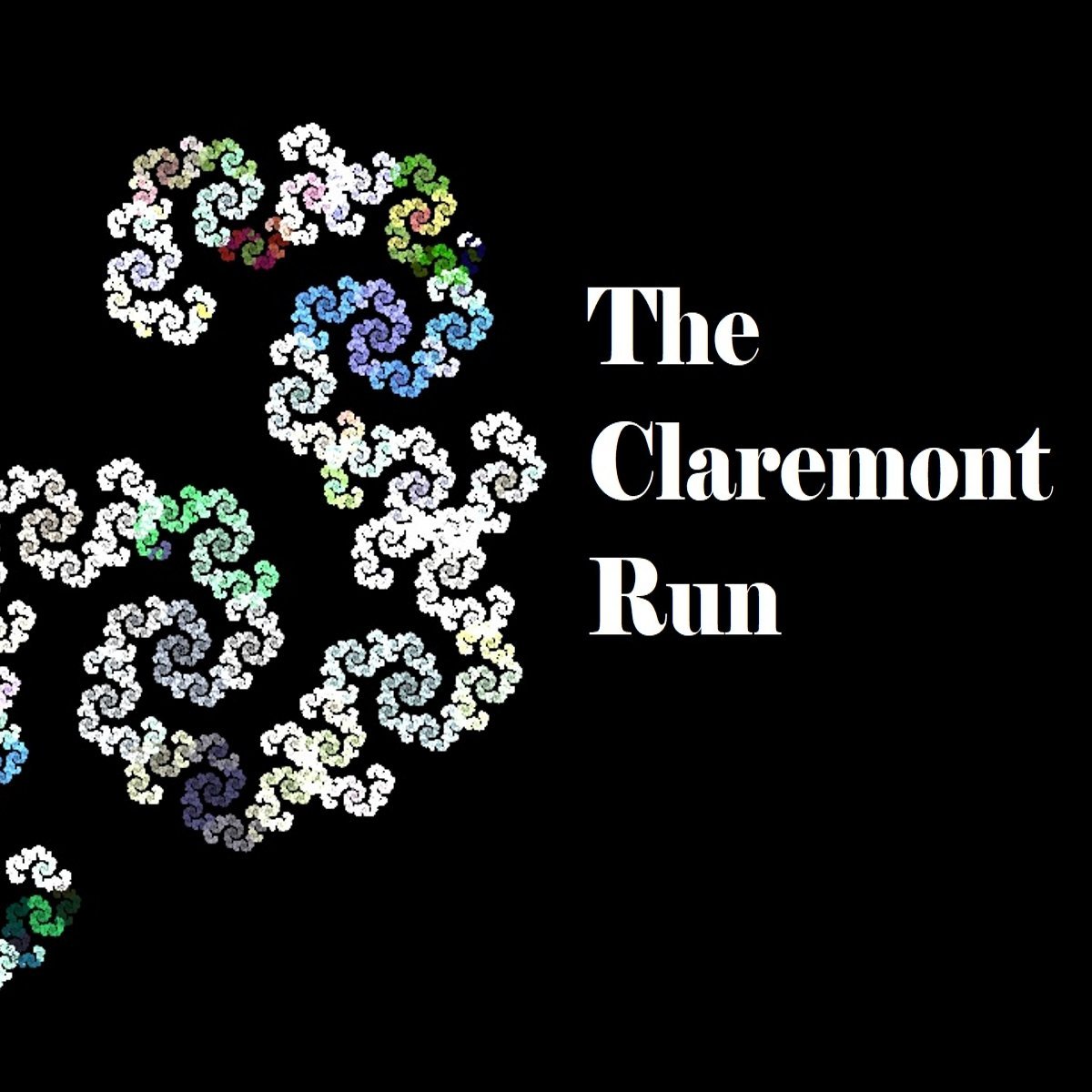In UXM 242 – in the midst of Inferno – Longshot undertakes an uncharacteristic act of sexual aggression, that, when read in the context of his broader arc of moral degradation in Inferno, can be seen to explore a symbolic narrative of remorse for sexual violence. #xmen 1/11
Kitty’s skills with computers would come up extensively throughout Claremont’s run thereafter but usually as a sort of convenient narrative tool to move from A to B. Doug’s seeming integration with Warlock, however, would take that a step further. 9/9
Thus seeing X-Men dips its toes into one of the most pivotal turns in public perception of computing is actually kind of interesting. C’s portrayal doesn’t vilify the machine or its operators; it presents them instead as heroes leveraging their intelligence to do hero’s work. 7/9
As many scholars have noted, this era of computing is highly significant for our information society, as it saw the effective domestication of the computer – moving it from a tool of industry to, effectively, a secondary hearth in the average home. 4/9
Kitty’s struggle becomes the most foregrounded, playing a large role in the Fantastic Four vs The X-Men mini. Suicidal ideation is her main symptom, while her permanent phased state portrays a metaphorical detachment and disengagement with reality, an apt symbol of depression 3/9
When read in conjunction with each other, the injuries of Kurt, Kitty and Piotr during the mutant massacre lead into a dramatic and multifaceted portrayal of the symptoms of post-trauma recovery and the disability that comes with it. #xmen 1/9
Gonzalez-Medina notes that “Science is power, and it will be shown that in the wrong hands it can have dire consequences. Mr. Sinister is a symbol of the amoral scientist. The demon that bioethics has denounced during the 20th century.” 3/9
We can thus read Psylocke as a deconstruction of the artificially effeminate superheroine archetype or we can simply read her as a character who grew and changed over the years and adopted different costumes to reflect that. I prefer the former. 8/8
More broadly, the character frequently notes her desire to be in the fight, not the outskirts, often expressing frustration that her telepath-role places her there. Furthermore, when she gets her heart’s desire through the Siege Perilous, it’s to be a badass ninja assassin. 7/8
In the mid-late 1900s, the idea of the feminine masquerade was taken up by film scholars as a way to account for layers of irony in portrayals of women in cinema where big hair and big makeup constantly threaten things like relatability and narrative immersion. 5/8











